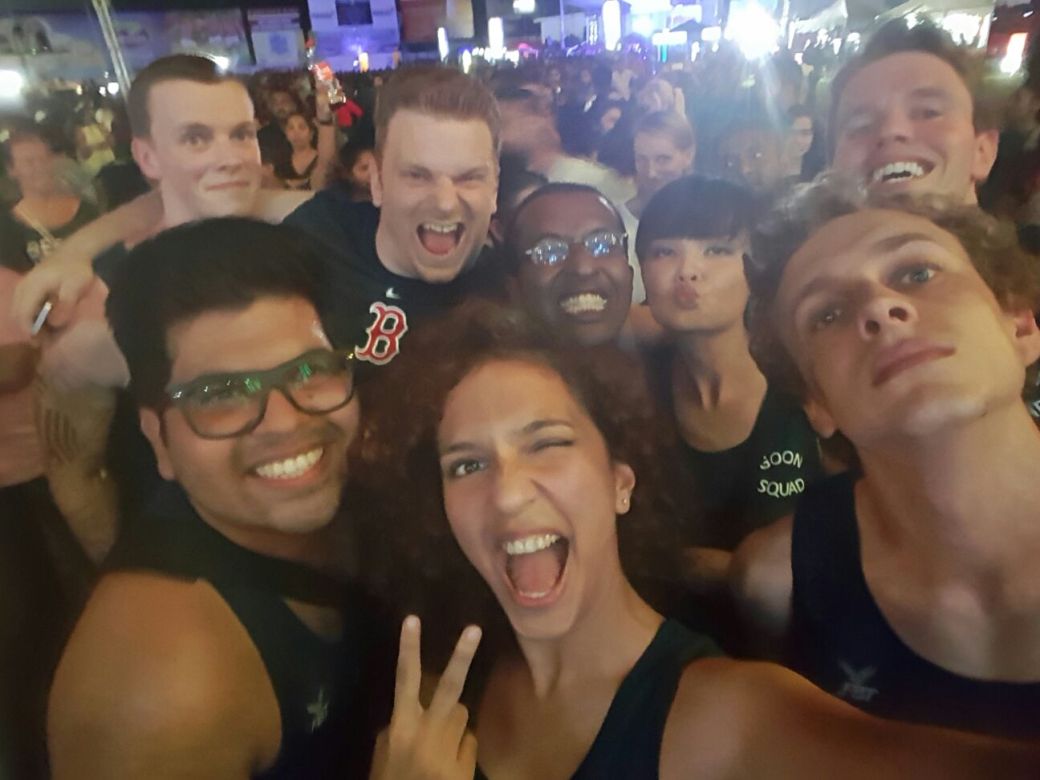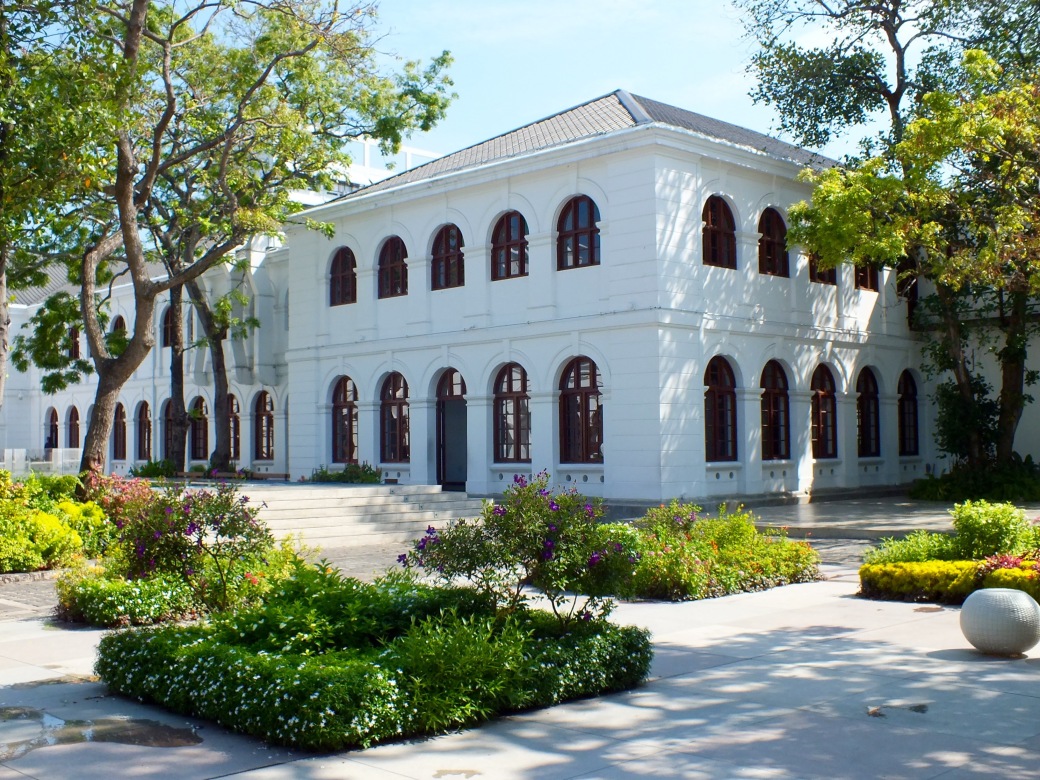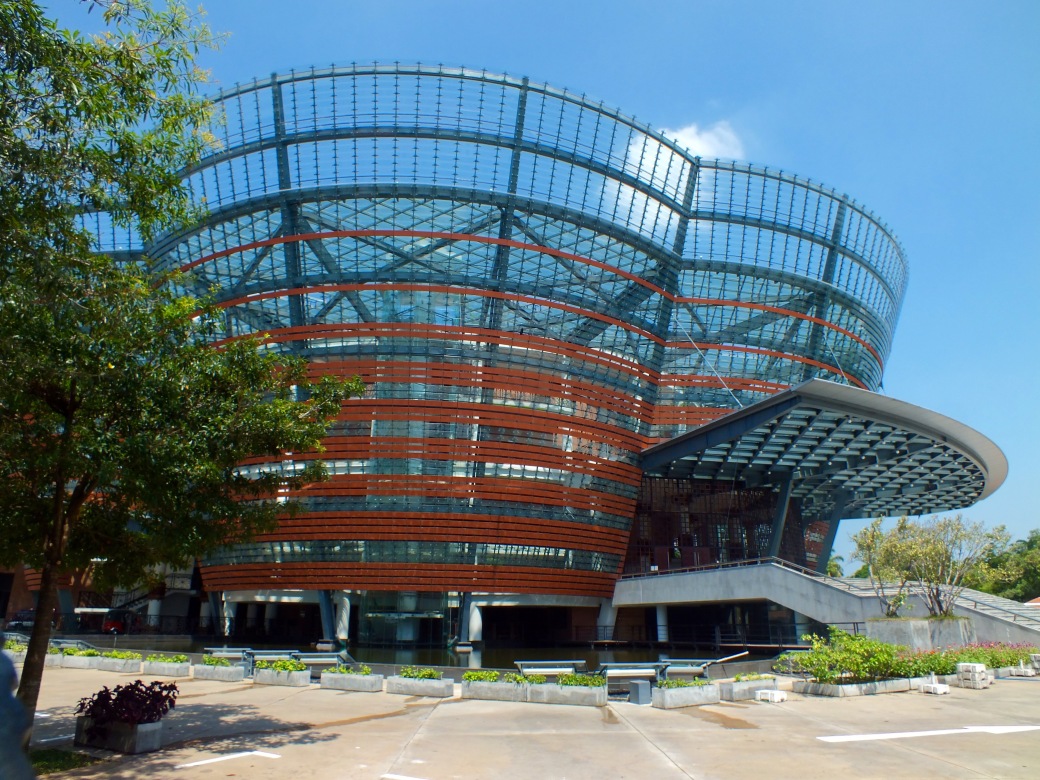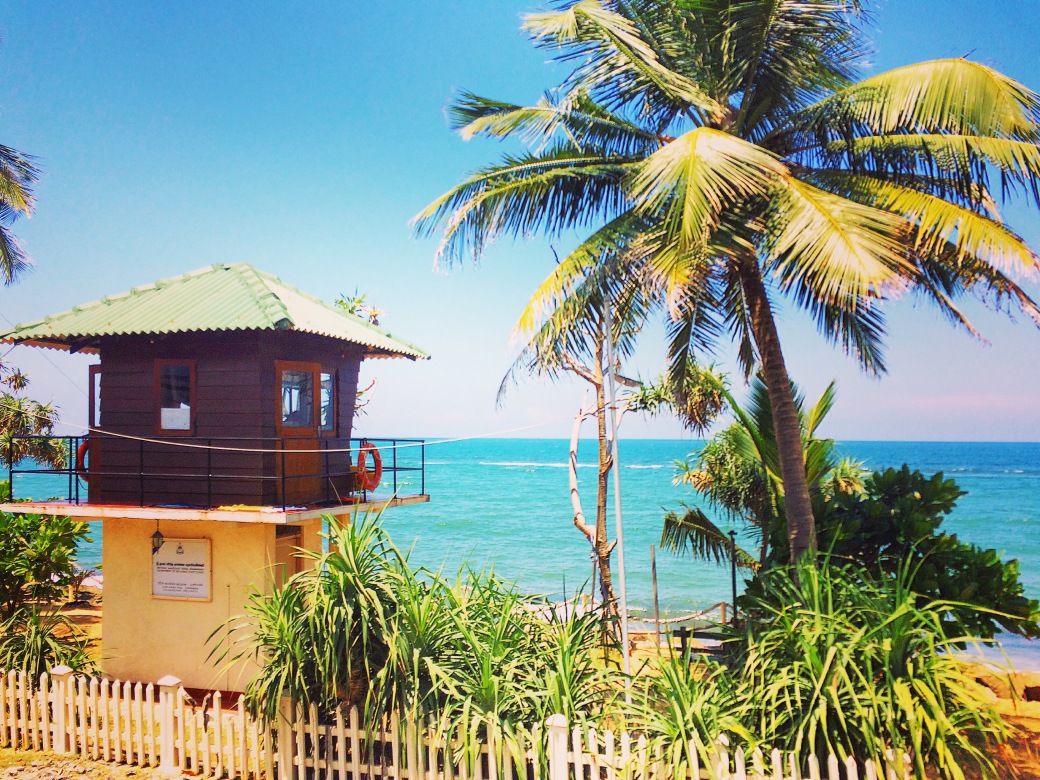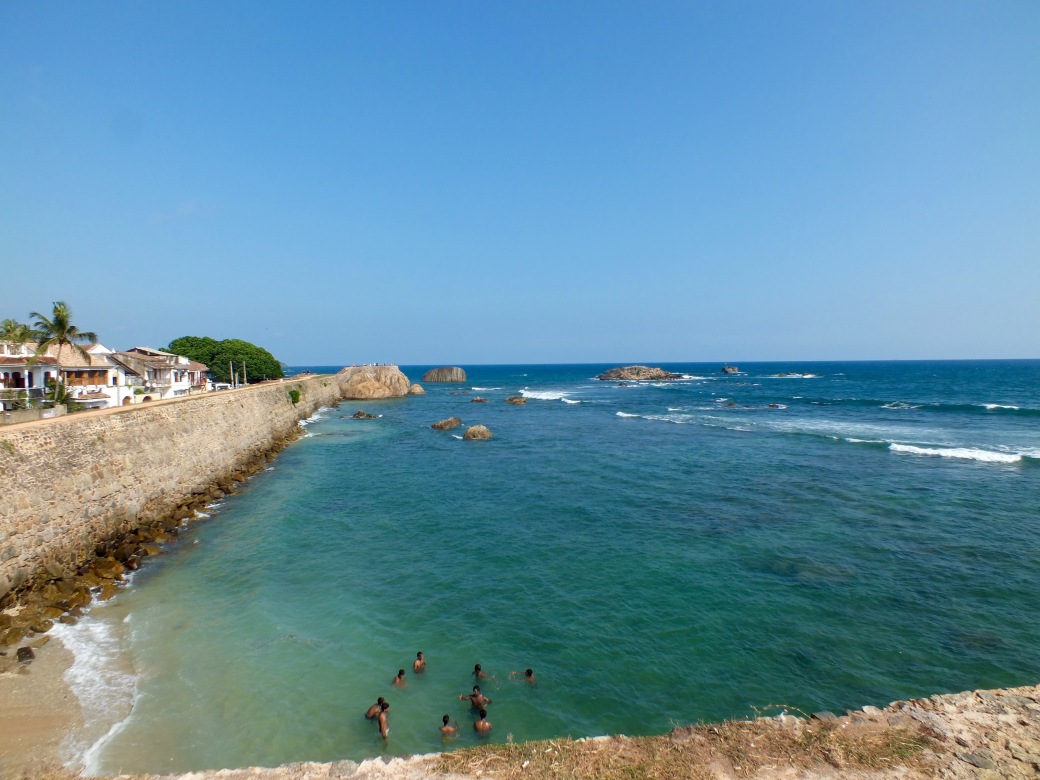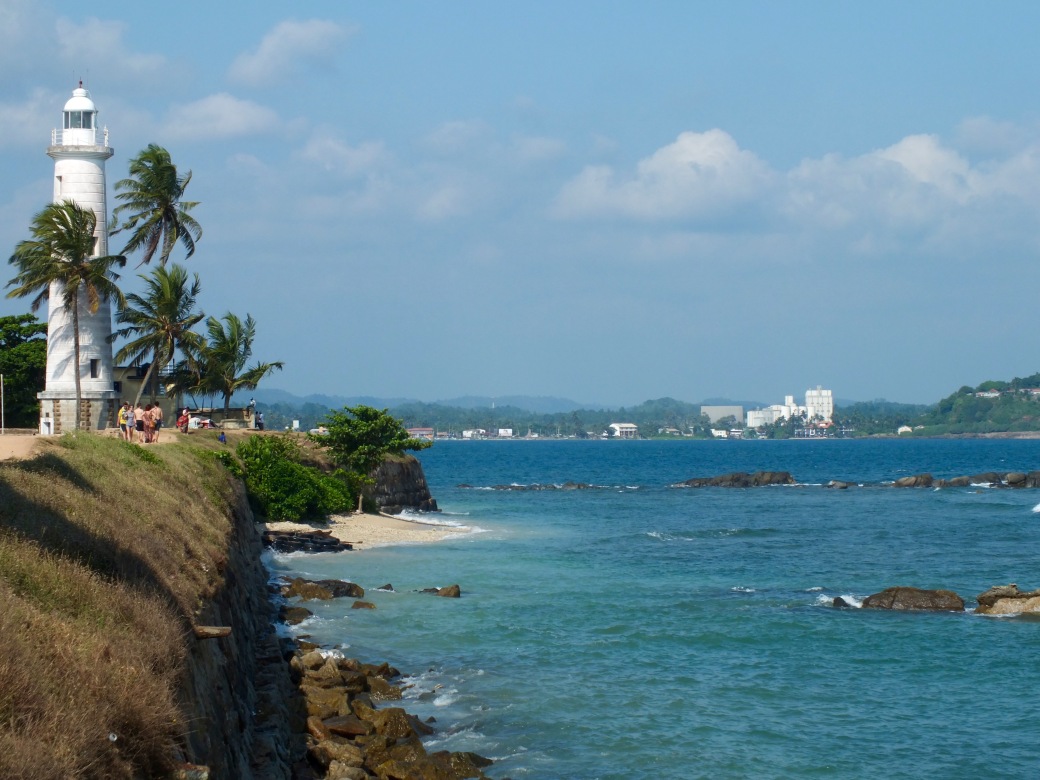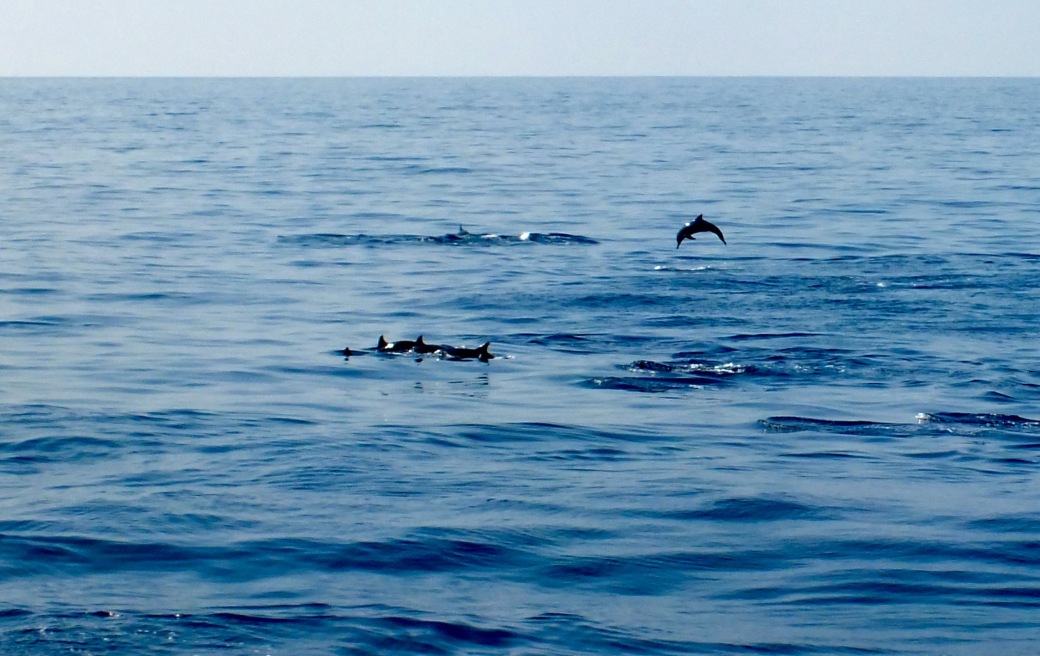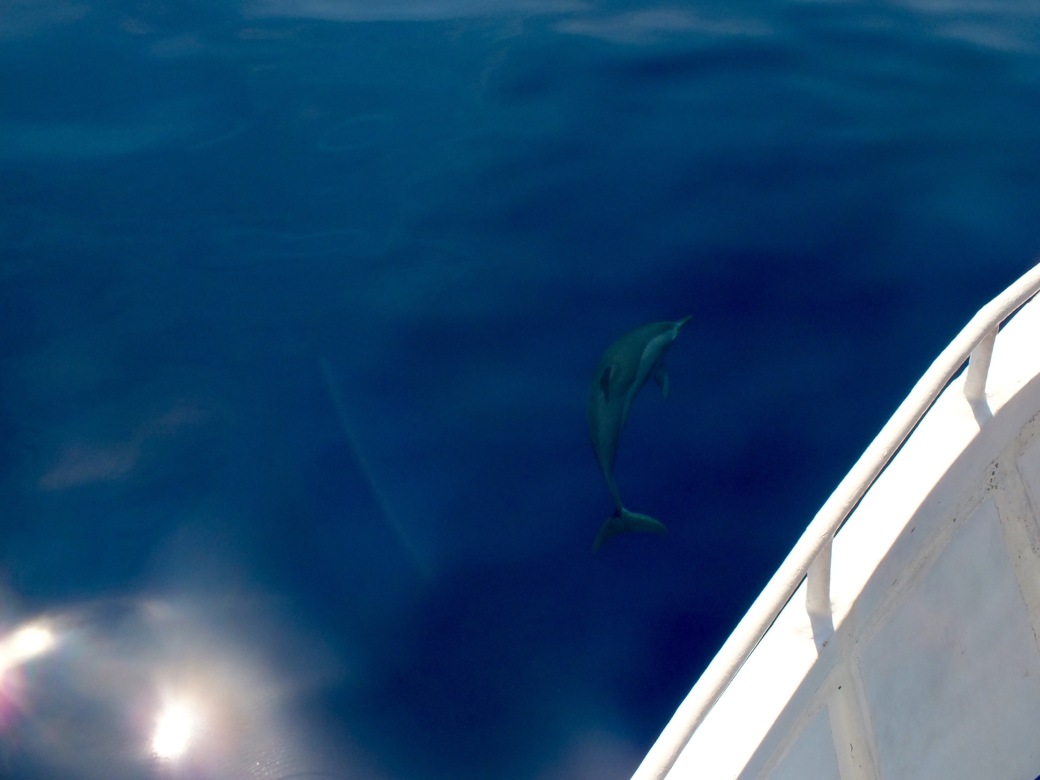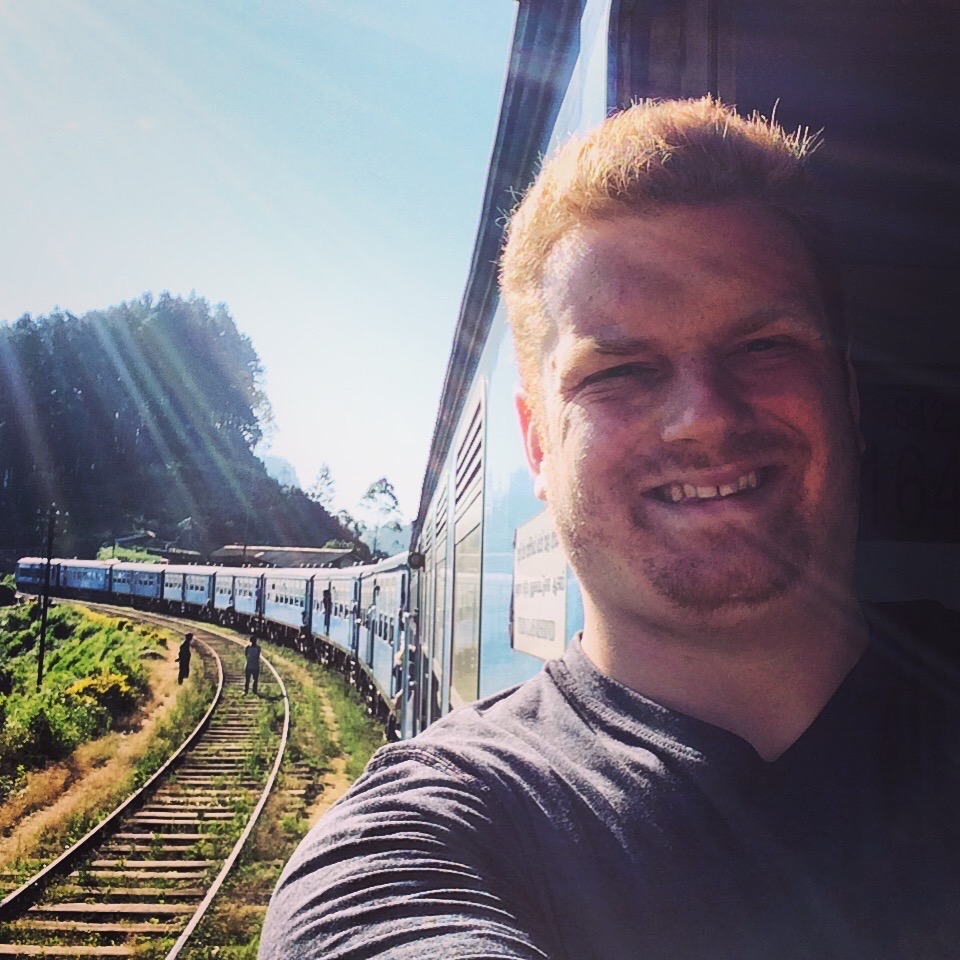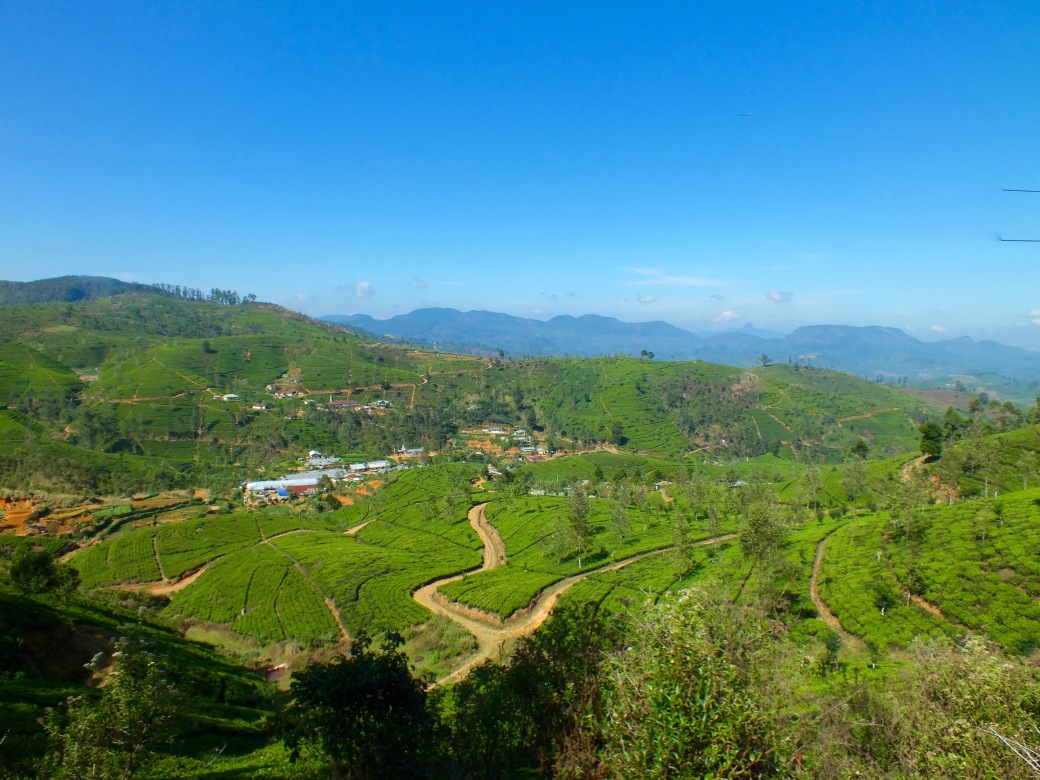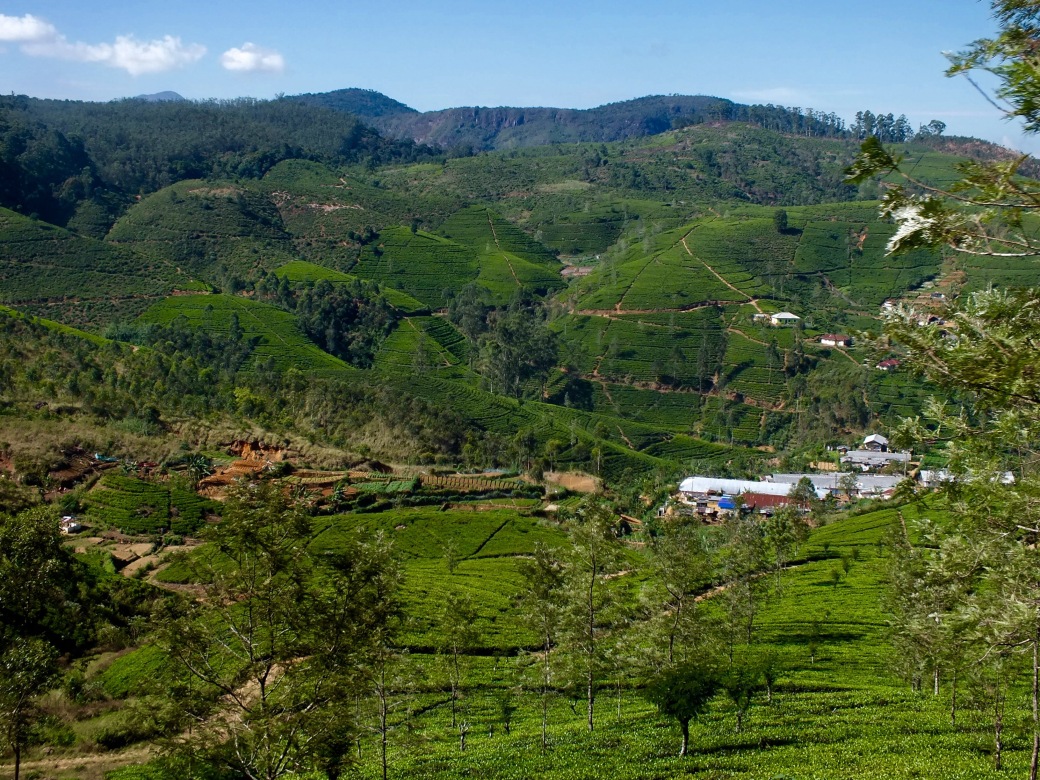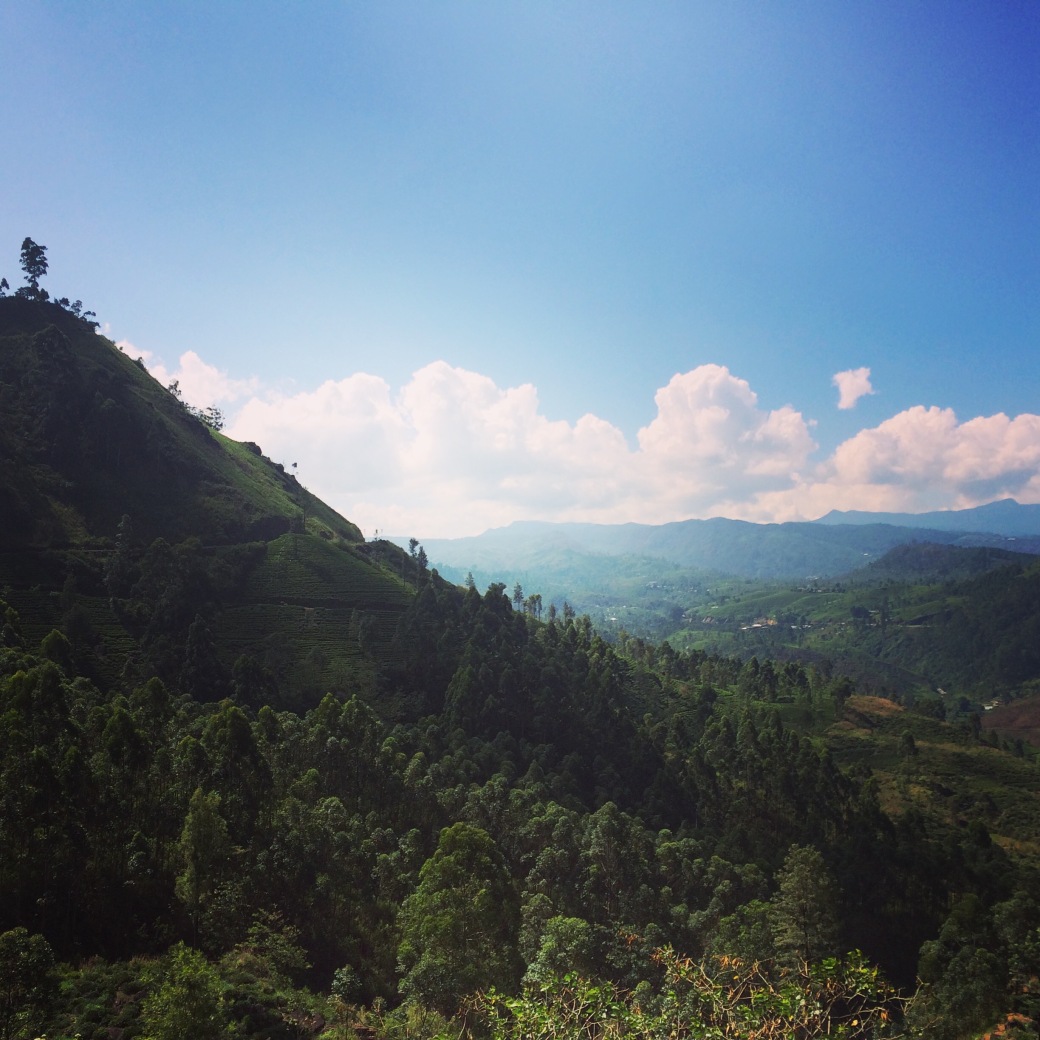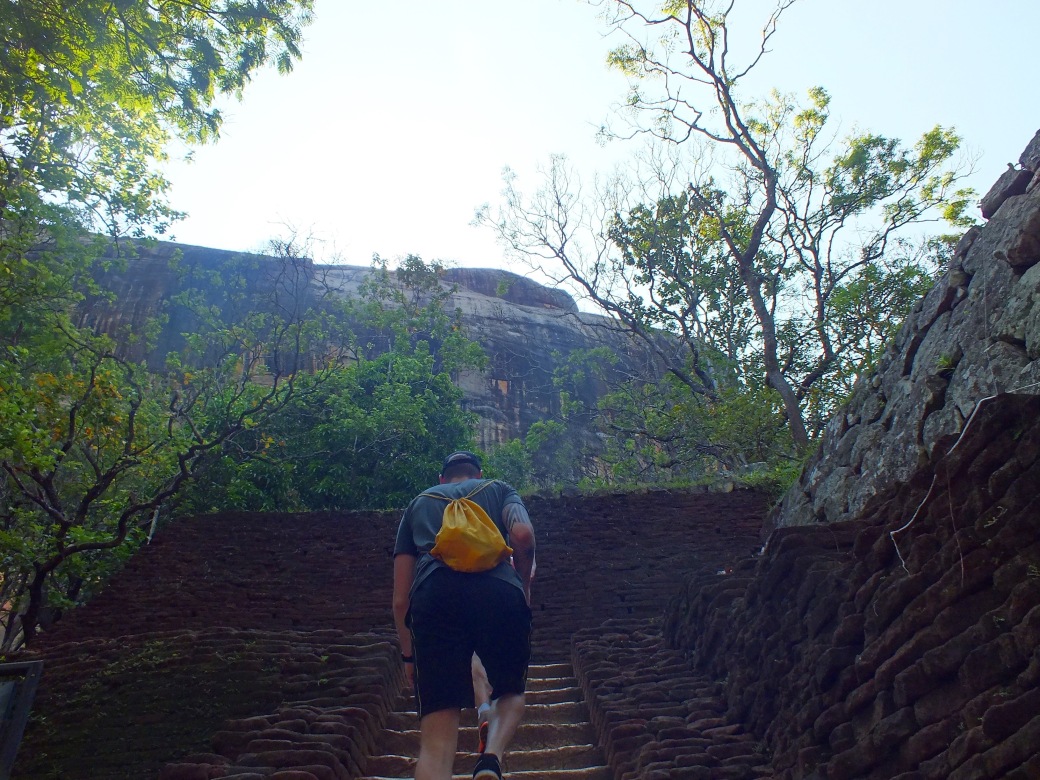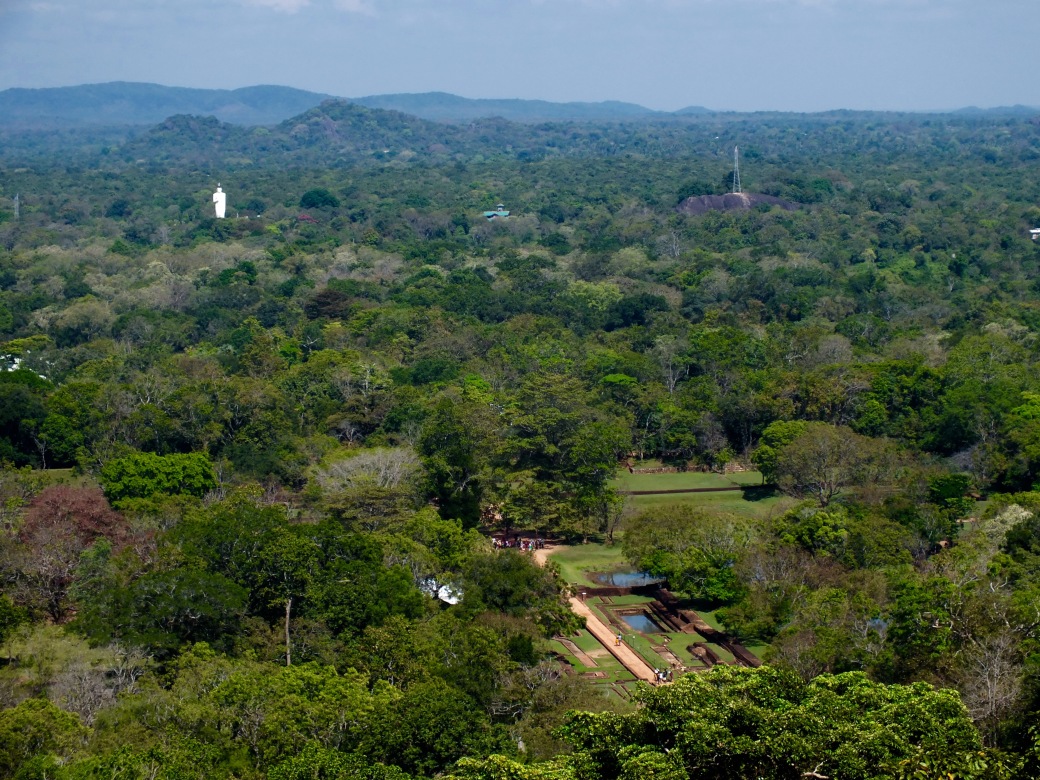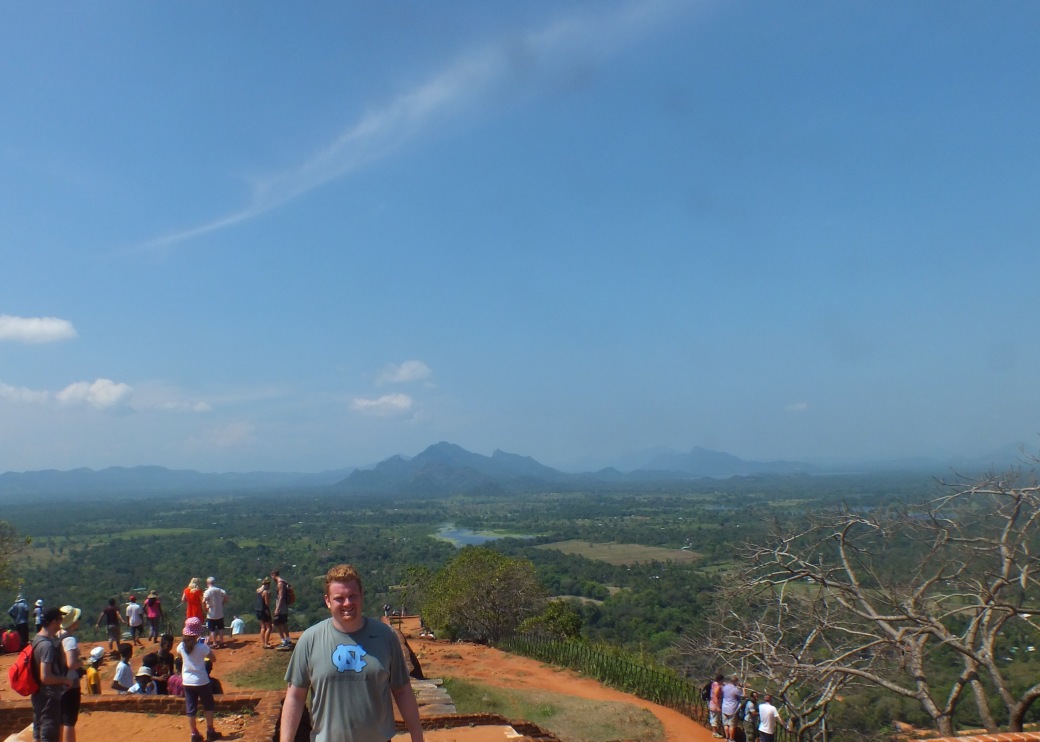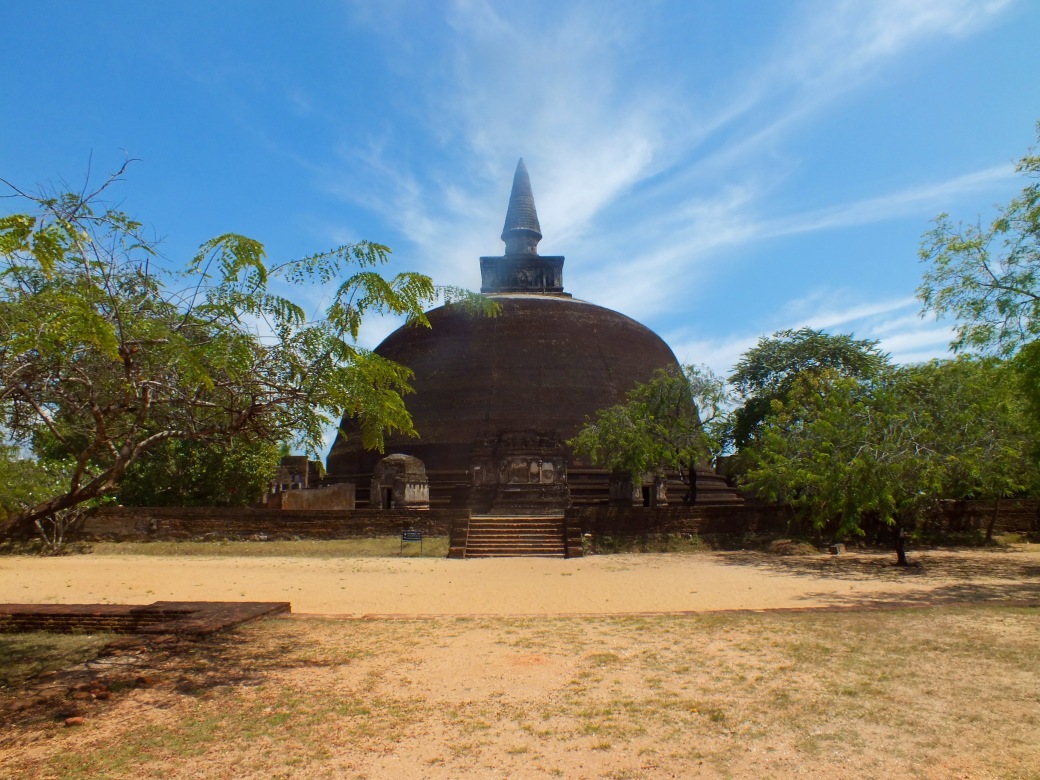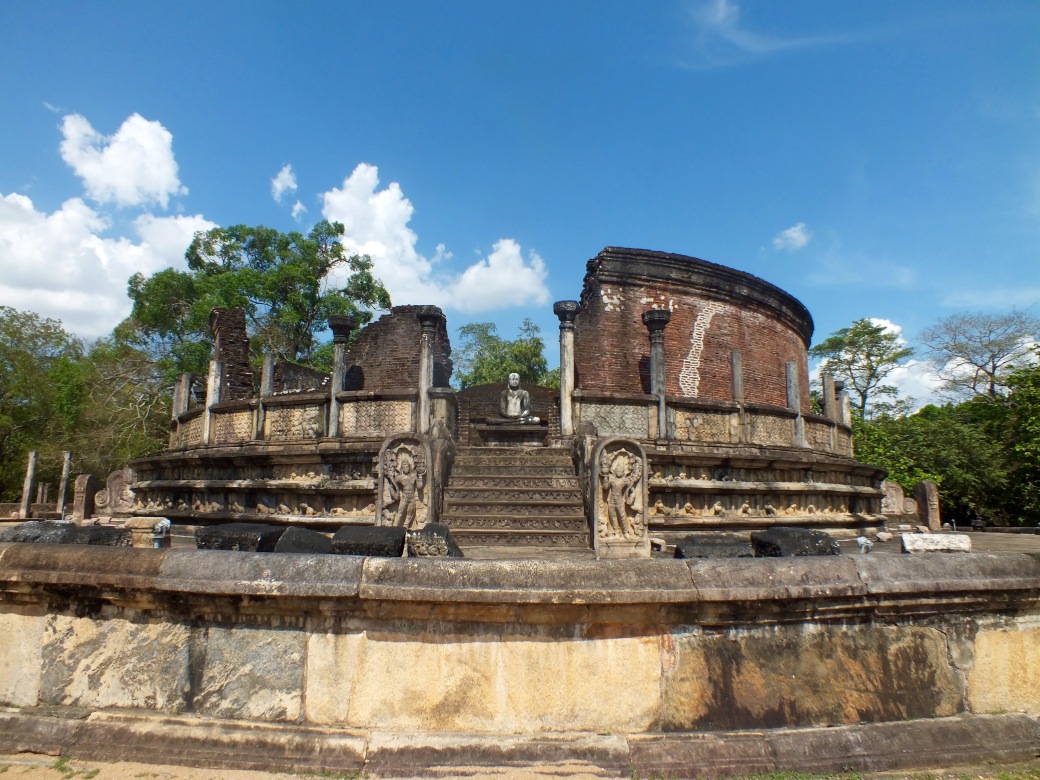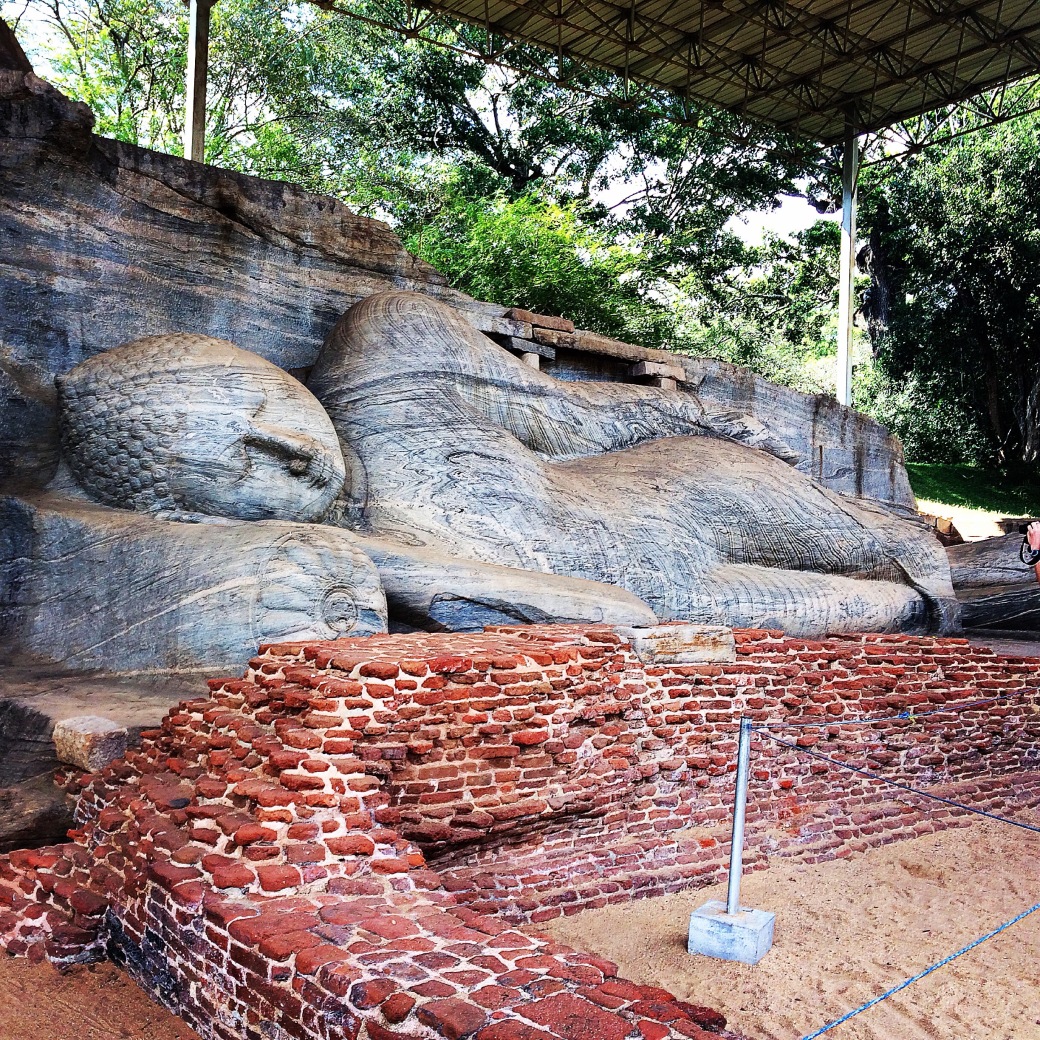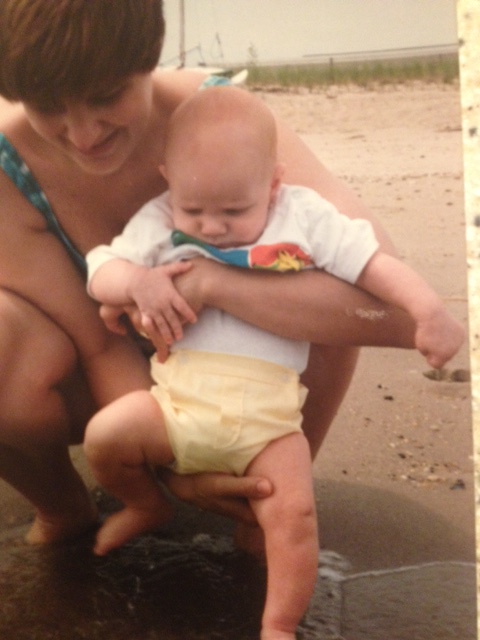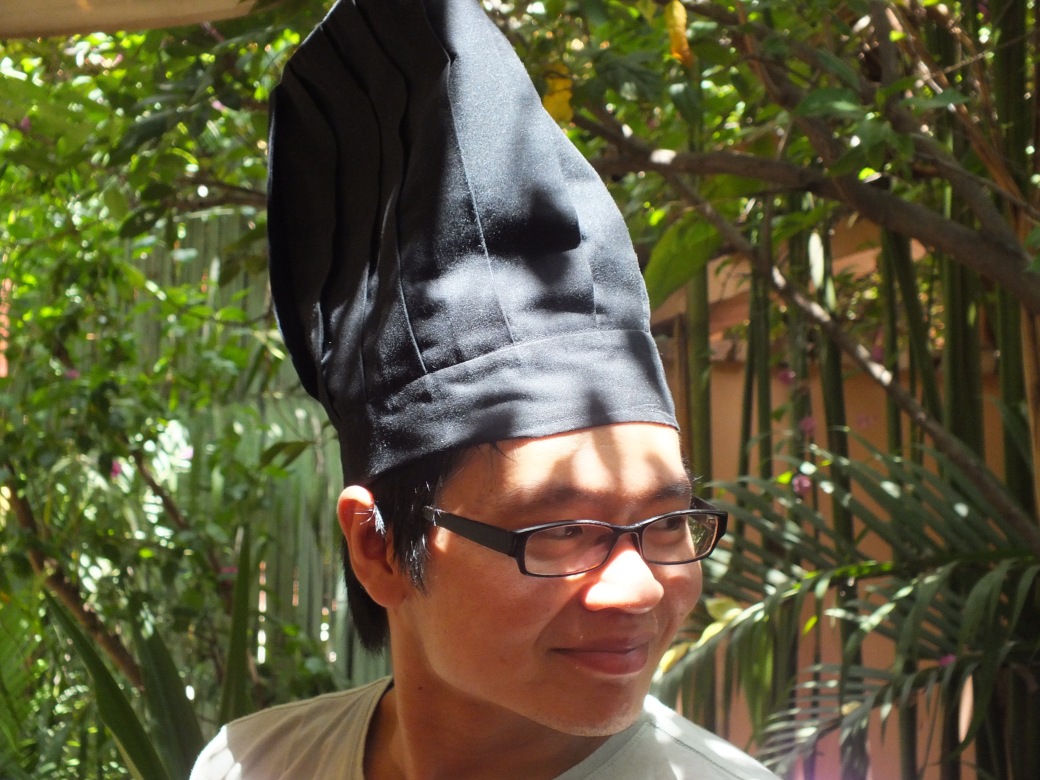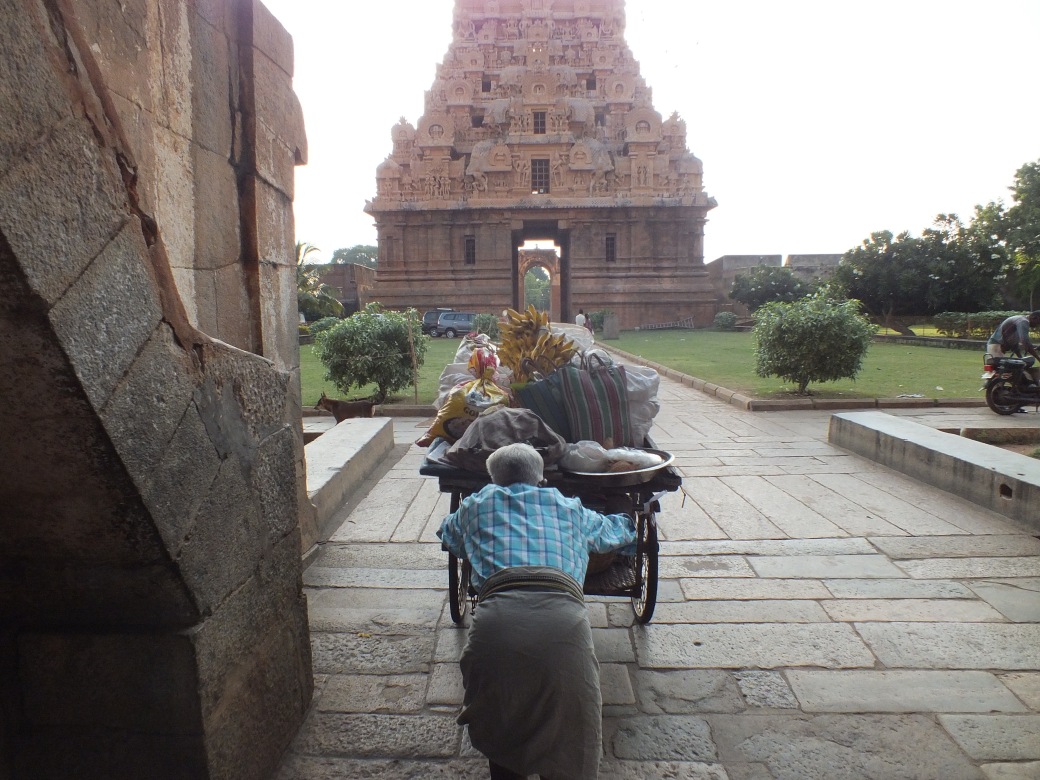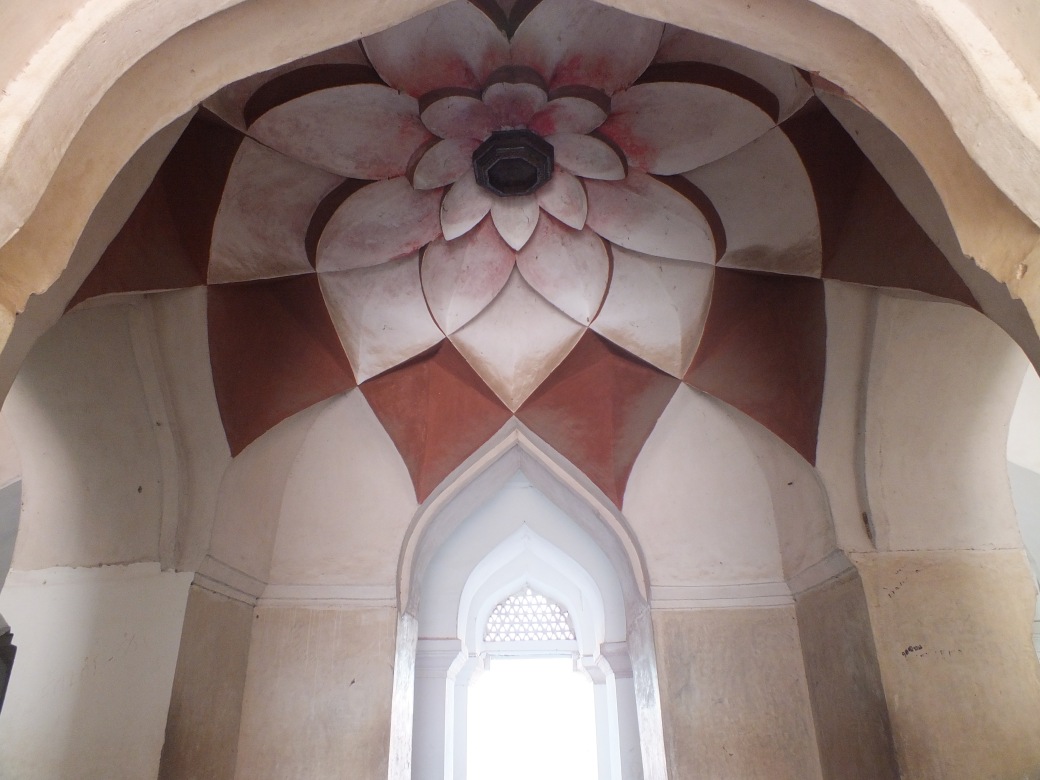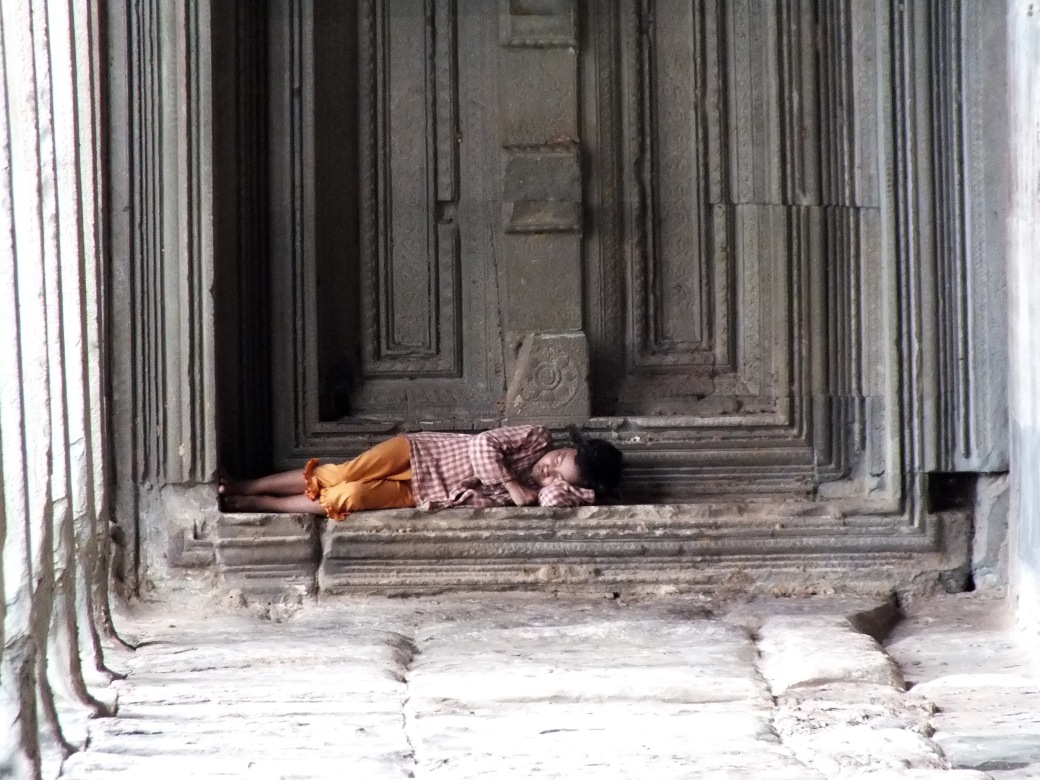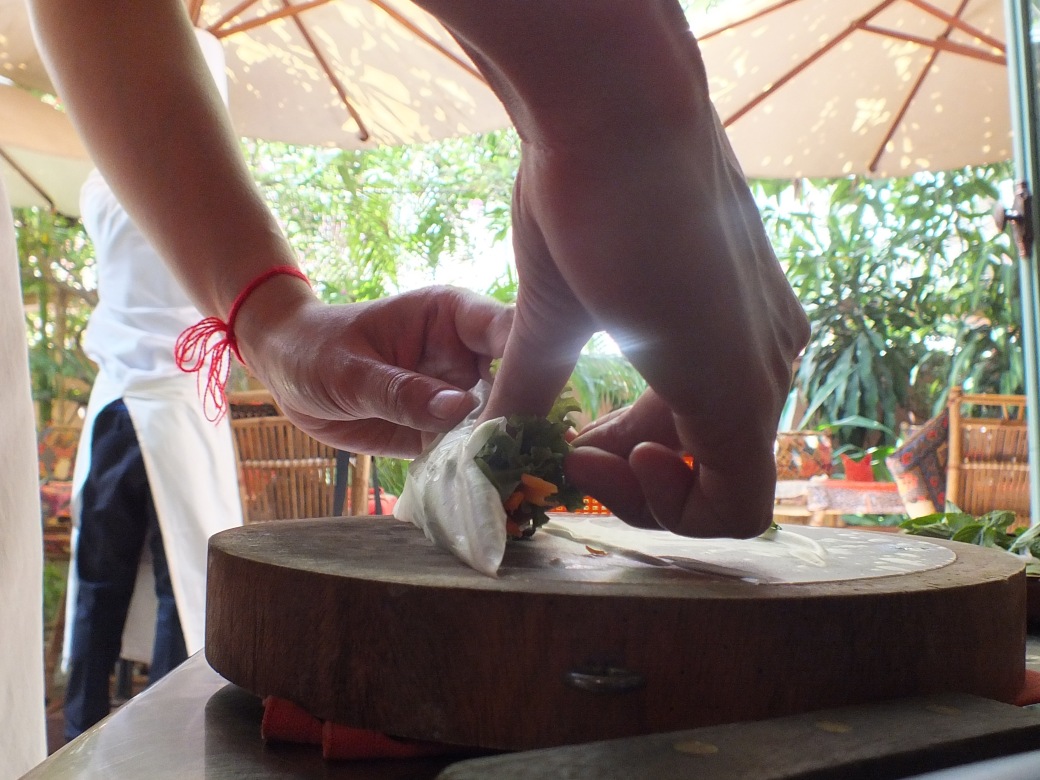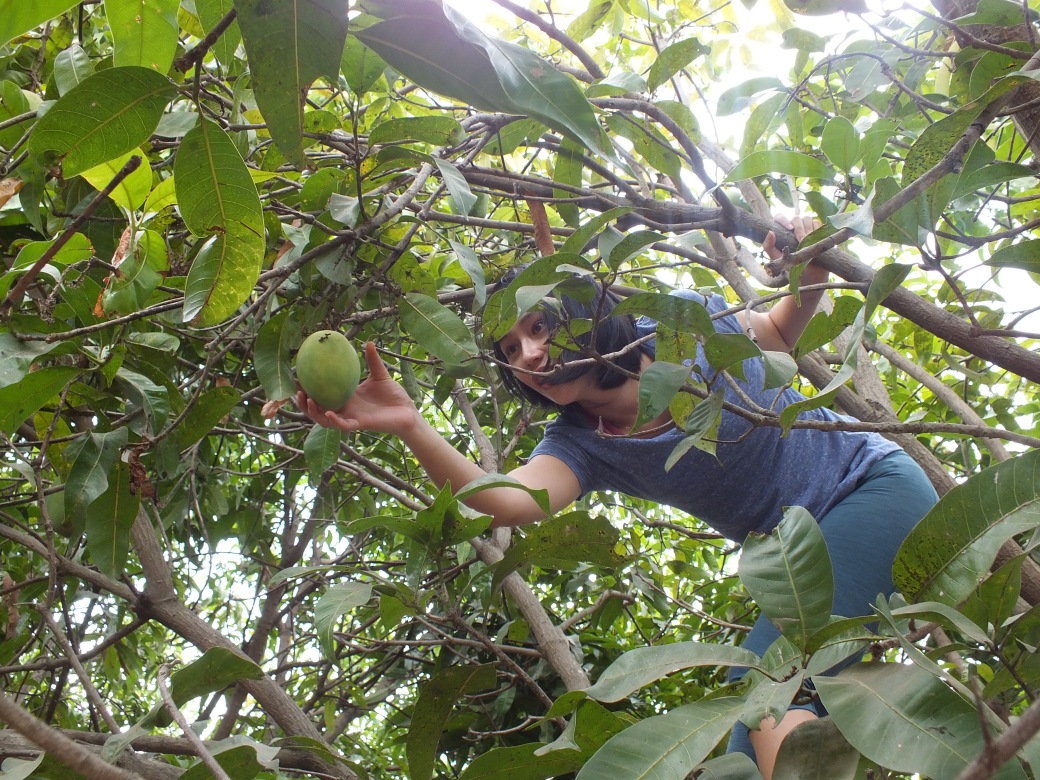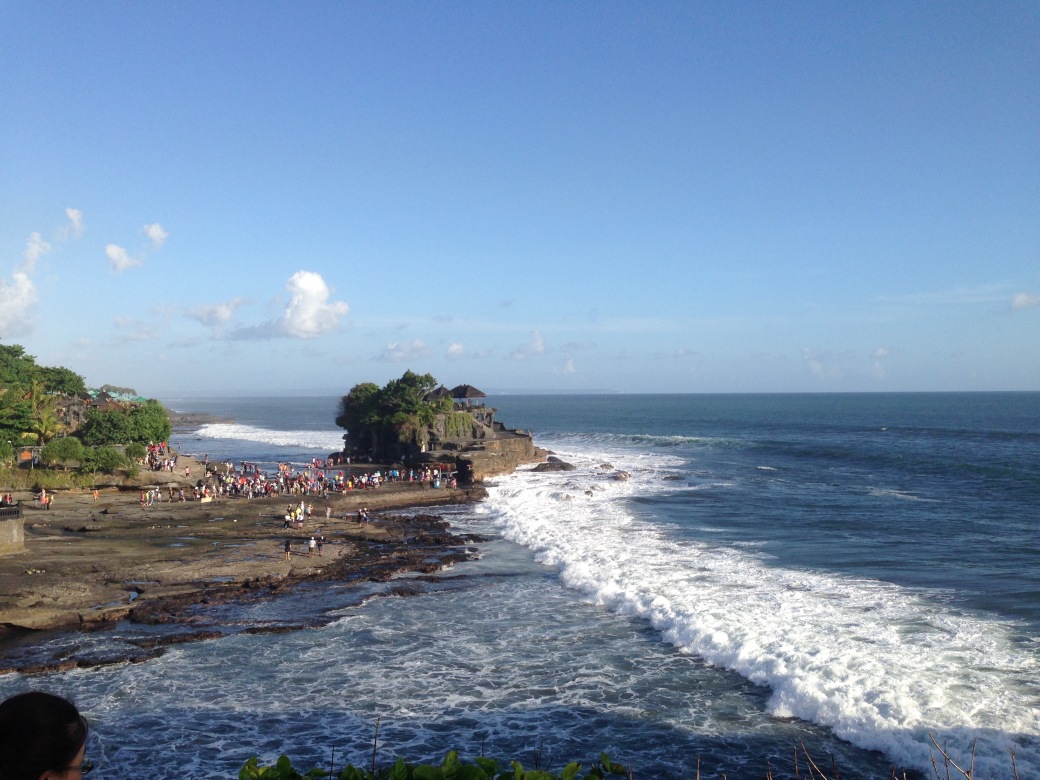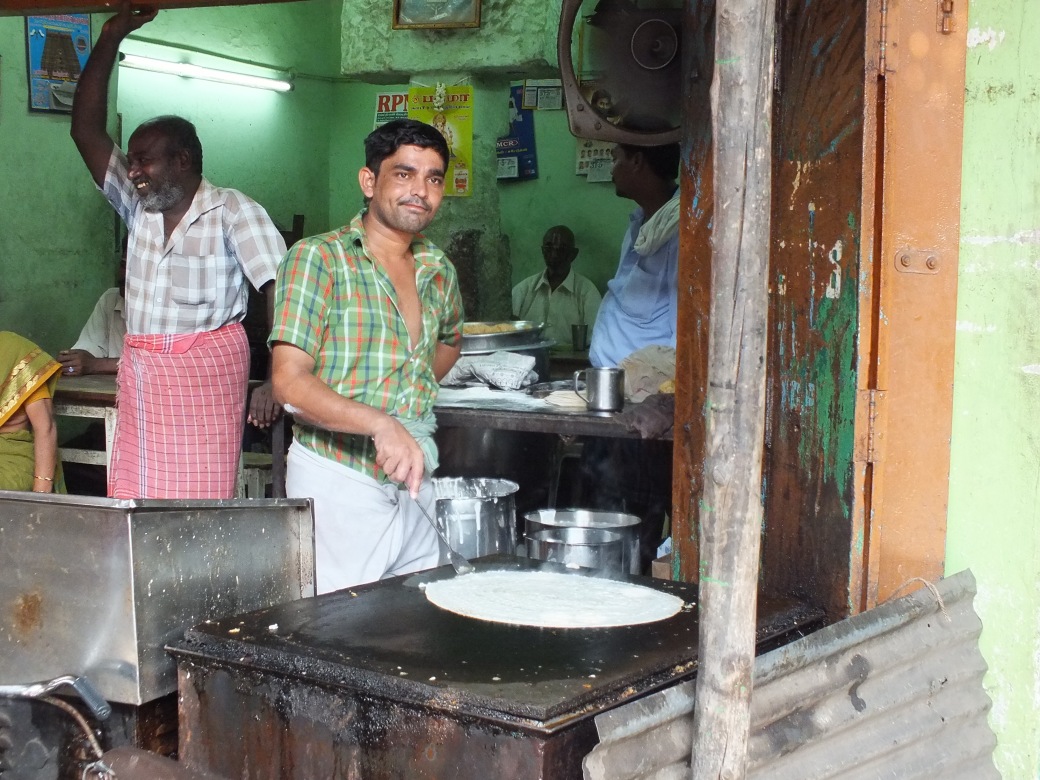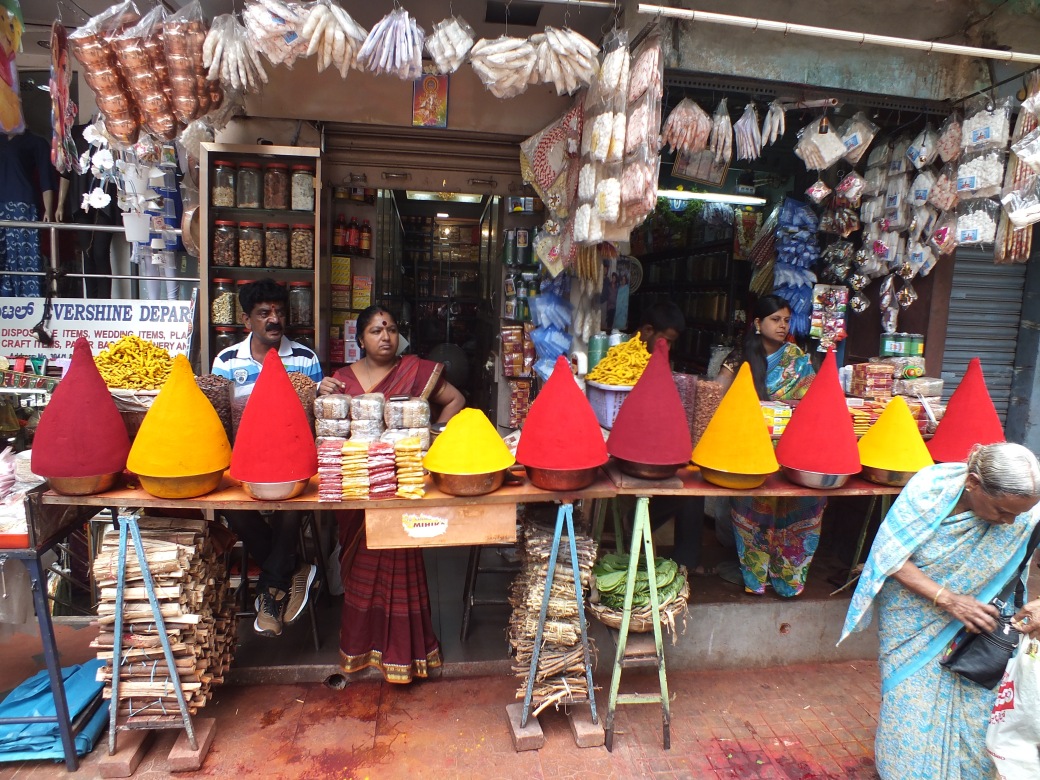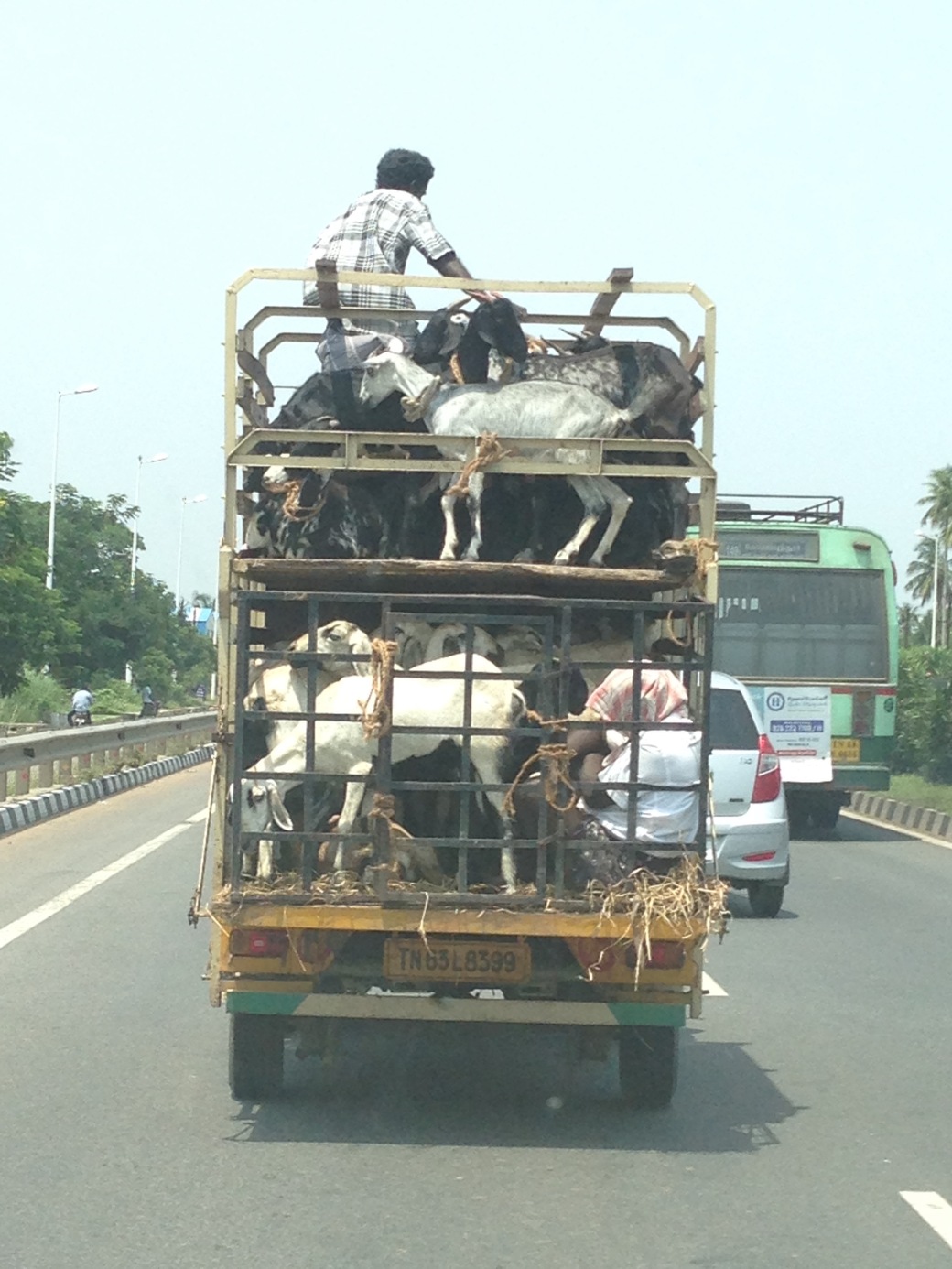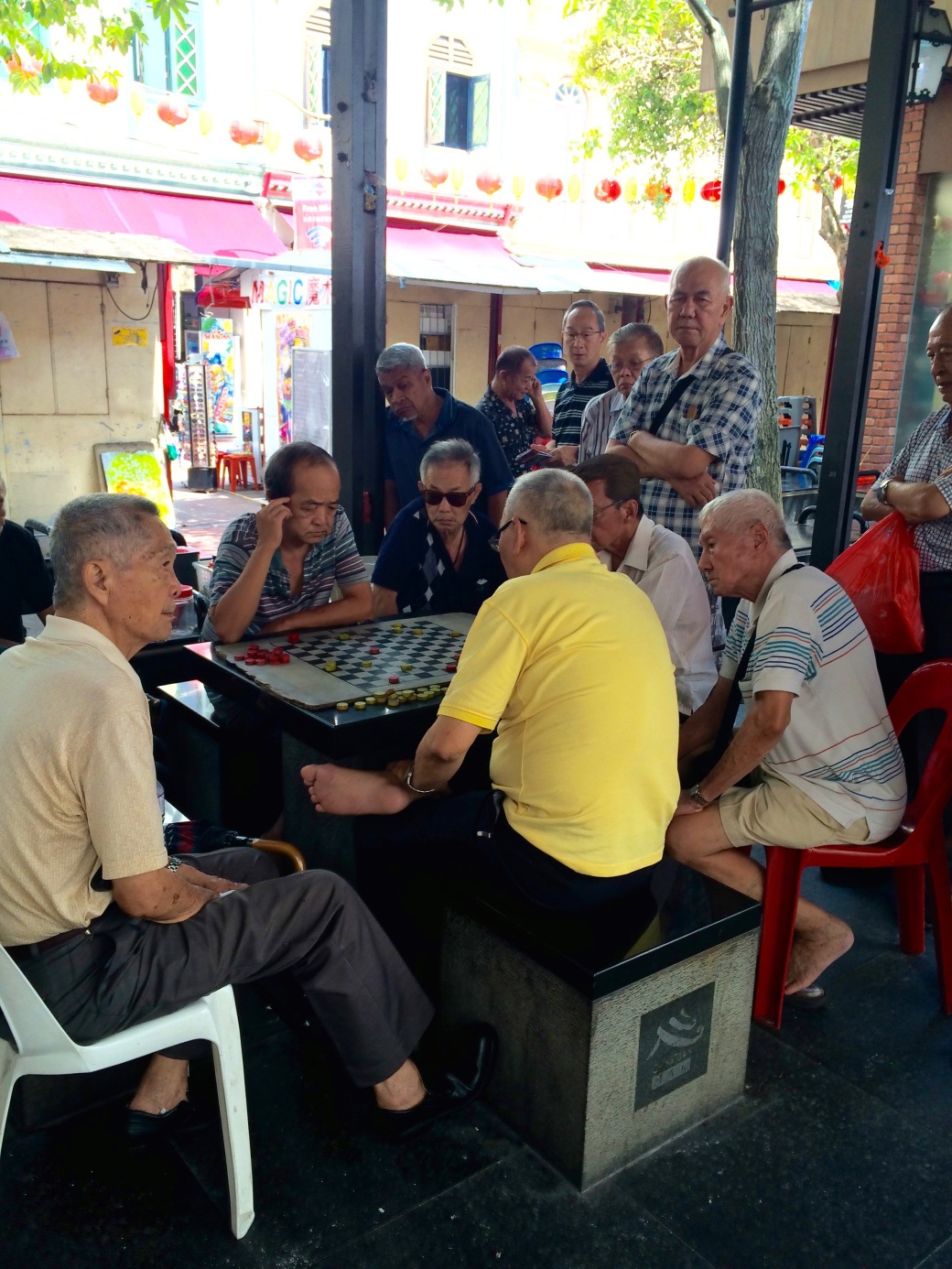A,B,C is not as easy as 1,2,3. I don’t care what The Jackson Five said. Numbers are indeed the language of math, but it’s a language of layers, order, and complexity. When children learn their ABCs, they learn that cute sounding song that helps them remember the alphabet, lumping letters like L,M,N,O,P into one sound that sounds like “ellemenopee”, but when you think about it, there is no significant reason why A must be the first letter of the alphabet (or why any letter must hold it’s position in the sequence we use). The position of a letter in this string tells us nothing about its usage, sound, prevalence in words, or any other major factor you might think of. In fact, we’re not even really sure why the alphabet is in the order it takes today. Historians and anthropologists guess that it has something to do with how early scripts merged and traveled around the world. How is that for a useless fun-fact?!
When it comes to numbers however, order is obviously critical. The counting sequence provides information not just about the size of the number you are working with, but also about surrounding numbers. For example, one way we know that three is larger than two and smaller than four is because three falls after two but before four in the count list. This tells us something about the number three, but also helps inform what we know about two and four, and perhaps other nearby numbers as well. While it’s worth noting that you could also deduce this information simply by looking at sets of objects that corresponded to these values (ex. three apples is more than two apples and less than four apples) this requires physical representations of numbers which are not always present, and becomes much more difficult to do for larger numbers. For example, if I gave you a bowl of 98 Cheerios and a bowl of 99 Cheerios you would have a hard time telling me which had more just by looking at them. In this case, knowing something about the order of numbers expedites the decision making process and gives you the necessary information to give the correct answer.
The alphabet also gives clues about the sounds that letters represent in the letter names themselves. If you say the letter ‘B’ for example, you start by producing the “buh” sound that the symbol “B” stands for. Obviously this isn’t the case for all letters and complex sounds: saying ‘W’ for example, doesn’t really clue us in to the sound it stands for, nor does saying ‘P’ and ‘H’ together clue us into the fact that they sound like an F (which is kind of rude and has always baffled me, but alas), but in general, letter-names often tell us something about the sounds they represent. Numbers don’t do this at all. The shape and sound of numbers and their respective symbols don’t convey information about the set size they represent. For example, the word “Five” and the symbol “5”, don’t give any clues as to what it actually represents in terms of scale.
These are just two examples that highlight how different, and at times, difficult, number learning can be. So how do kids go about learning numbers? Here, I’ll attempt to summarize some of the key steps children must take on their journey to learning numbers.
A substantial body of research (Strauss & Curtis,1981, Wynn, 1996, Xu & Spelke, 2000. e.g.) has shown that children are able to detect changes in set size as early as infancy. (When I say set, I just mean a group of objects.) Researchers exposed infants to images with a particular set size (for example eight circles) until they became familiar with these images. They then showed them a different image which contained either the same set size (eight circles again), or a larger set. They found that children looked at images with an unfamiliar sets (more than eight circles) longer, indicating that they noticed some difference in the set size. While some have questioned whether these findings really show an understanding of difference in number, as opposed to other features of the image that may have changed with the number of circles presented (the amount of space the shapes took up for example), the findings provide some evidence that infants might be capable of detecting differences in set sizes, which perhaps acts as an early precursor to numerical understanding.
By the time most children reach the age of two, they begin to learn to count. At this phase counting is limited to a memorized sequence, children often don’t understand what any of the numbers mean, nor can they extend their counting beyond the sequence they have committed to memory. As children become counters, they might skip a number, count out of sequence, or use multiple numbers while pointing to the same object in a set. As they continue to count, they gradually gain insight into how counting works, becoming aware of the fact that counting occurs in a stable, consistent order across all sets, and that each object in a set is paired with only one number in the count (the fancy term for this is one to one correspondence). As bizarre as it may seem, at this stage, if you found a child who could count to 10 or even 30, and asked them to give you two or three of something, they wouldn’t be able to do so with any repeated accuracy. They have yet to master the cardinal principle.
The cardinal principle states that the number-word given to the last object in a set describes the size of the set on a whole. In other words, if you count out seven toy fish and put them into a bowl, you have seven fish in the bowl, because seven was the last number in your count list for that set, and thus describes the magnitude of the group of objects. This seems really intuitive to you and me, but children don’t quite grasp this concept immediately when they first learn to count. They may be able to count seven fish, but when asked “Okay, so how many fish do we have?”, they freeze up or take guess. And when you think about it, there really isn’t any reason why children should intuitively understand that the last number they say corresponds to the size of the group on a whole. If each object we count gets one and only one number assigned to it as we count, its not apparent that the last number we count can and should be used to describe the size of all the objects.
Mastering the cardinal principle is a complex and time-consuming process. It takes place in a stepwise fashion over the course of several months of early childhood. Typically, kids start this process around two and a half years of age, and progress gradually, number by number, starting at one and ending at four or five over the course of many months. During this time, kids are consider subset knowers. They know the scale of some numbers like one or two, but not the size of numbers that are larger. For whatever reason, something seems to click once children learn the meaning of four or five. They learn that the last number in their count will always describe the size of the set or group of objects they are counting. At this point, they become cardinal principle knowers and can accurately label the size of any group of objects that they can count to.
I realize that some of this might seem like word-vomit so here is the condensed version: When kids learn how to count, they don’t actually know what numbers mean. They learn the meanings of numbers slowly and sequentially, learning one number’s meaning at a time over several months. Once they master what four or five means (it depends on the kid), they learn that the last number they say when counting signifies the overall size of the group of objects they are working with. We call these children Cardinal Principle Knowers.
What’s perhaps most fascinating about these steps, is that all typically developing children accomplish them at some point, but research has found that individual differences in numerical knowledge as early as age 4, are highly predictive of later achievement gaps. We’ve found differences in the interest and success children go on to have later in life with STEM subjects that are related to when the come to master these early mathematical concepts. These differences are in turn related to things like socioeconomic status, incarceration rates, job security, and more.
It’s hard to say which came first— the chicken or the egg. It’s important to note that these relationships could go ether way, or perhaps more likely, in both directions. We know that children in lower income communities receive less number talk and support in learning early mathematical concepts compared to their more affluent peers. This seems to support the interpretation that the environment kids grow up in effects their ability to achieve and influences their later life trajectories. While this is certainly in part true, its also possible that differences in early number ability themselves, alter later life trajectories. If this is the case, as some research suggests, then it may be possible to design interventions for parents and teachers that help close early achievement gaps. Doing so would help create an even playing field for kids entering early education, and could close academic achievement gaps and help reduce poverty and other factors in communities.

